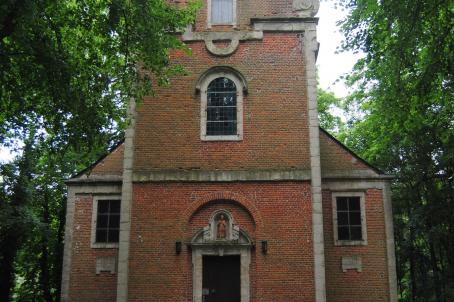St Catherine's Church

There is not much information about the origins of the church. It may have been a chapel of a castle during the 10th or 11th century. In 1228, the church is mentioned for the first time. The nave and the tower are the only two original parts of the Romanesque church from before 1228. In 1263, some Gothic parts were added to the building. The choir was renovated in 1747. Afterwards more repairs and maintenance works were done. In 1758, the church was damaged due to a fire. During the 19th century, many renovation works were done. In 1913 a neo-Gothic sacristy was built and the baptismal font and organ were renewed. Not long after 1946, damage from the second World War was restored. The last thorough renovation dates from 1990 until 2002.





